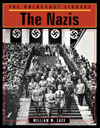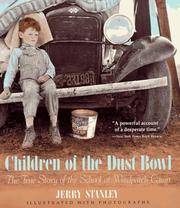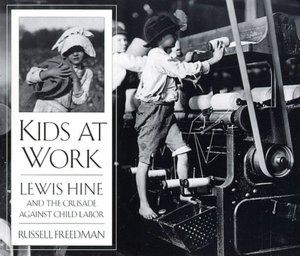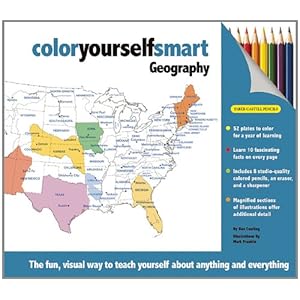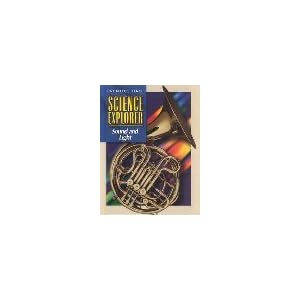We attended a play this week, but it is hardly worth mentioning. For the first time ever in thirteen years, we were really disappointed in the production put on by our local children's theatre. I hope that economic difficulties are not going to squelch their creativity!
The rest of our work continues as usual, with really nothing new to report, but here's what we've been working on in our little physics class at home the past couple of weeks:
Last Week:
1) We reviewed the take home stuff they did relative to mechanical waves, then started talking about light waves and the difference between those and sound waves. I scattered cornstarch in the air into a flashlight beam and we talked about seeing beams of light and how it travels.
(Some flashcards we're going to use next week for review)
http://quizlet.com/915979/waves-worksheet-flash-cards/
(And another worksheet we're using for review)
http://www2.gi.alaska.edu/volcanoes_alive/Lessons/VA%20Unit%207/7_13Waves_We_Measure.pdf
(And more info in general on waves)
http://mrskingsbioweb.com/worksheets/Waves.pdf
2) We talked about how light can be both a wave and a particle (photons). We talked about how each color of light represents a different wavelength (purples/blues are short; greens/yellows are medium length; orange/reds are long). We talked about sunsets and green flashes....


(More info on green and blue flashes)
http://www.exo.net/~pauld/physics/atmospheric_optics/green_flash.html
3) We talked about Einstein discovering that photons energize (create vibrations in) objects when they strike them and the wavelength at which those objects vibrate is what creates color.
(Albert Einstein for kids)
http://www.albert-einstein.org/.index6.html

4) We shone a beam of light through a hole in a shoebox parallel to a wall and talked about light generally traveling in a straight line. We then used a mirror to reflect and turn the beam onto the wall that was parallel to the box. We also used white paper (diffuse light scattered onto wall) and black paper (little light because it absorbs it).
5) We played with a couple of prisms, looking at writing through them (upside down with the prism sitting on the writing) and then lifting and turning them until we could see the writing through the upper, rather than lower, surface.

6) We watched light course through a bent stream of water (because it reflects back and forth off the inside wall of the water), which is similar to how fiber optics works.

7) We looked through a fresnel lens and held it away from us until the object we were looking at flipped upside down (beyond the focal length of the lens).
 (We talked about how they are used in lighthouses, too....)
(We talked about how they are used in lighthouses, too....)8) We talked about the primary colors of light (red, blue, and GREEN - NOT yellow). We used color paddles to combine colors (red and green light make yellow light; red and blue make purple; blue and green make a blue-green light; all three colors together make a white light.)

9) We made rainbows using the prism and talked about how it separates white light into all its components.
10) We looked through prism paper, which scatters white light into colors so every light source looks like a rainbow.

11) We talked about how an arching hose on a sunny day will make rainbows; rainbows on a sunny day while there is still water in the air, etc.
This Week:
1) We talked about the difference between transparent, translucent, and opaque.

2) We talked about how shadows are made and about eclipses.





3) We talked about how we see things because light from some source gets bounced into our eyes.

4) We did a number of experiments using a white piece of paper with a baseline drawn down one side and another, 90 degree, line drawn perpendicular to it (called the normal). The first was to look at how a mirror bounces or reflects light. We used a piece of black construction paper with a 1/16 inch slit in it for all of these, too. We shone a light through the slit at a mirror on the baseline. The light that bounced back did so at the same angle as the light that came into the mirror, and they traced these beams. Even when we moved the flashlight so that the light shone in at an angle, the reflected angle of light remained the same (not in the same spot, but the same number of degrees apart).
A basic property of optics - the law of reflection - is that the incoming, or incident beam, will be at the same angle as the outgoing, or reflected beam.

5) In another experiment we did using this same set-up, they used the prism instead of a mirror. This was to show that refraction occurs when light goes from air into a plastic or glass substance (substances of two different densities). We slowly turned the prism until a beam of light was coming out one of the sides (at an angle to the beams from the front face). They traced these. This did not work well. We could not see the refracted light well enough to do the computation of angle between a "normal" and the path of the beams. This would have given us the angles of incidence and refraction, which we could have compared to find the refractive index, which is always the same for the same two substances (air and plastic, in this case).
6 and 7) We also did this using a square container of water, then a square container of cooking oil. We could see that there were definite differences in the angles, but could not see enough light to trace them well and calculate the refractive index. The cooking oil beams were closer together. Oil is lighter than water (less dense) and its refractive index is therefore lower. The refractive beams for the water had the largest angle, then glass, then the oil....
Back to reflection:
8) We used two mirrors to see the a reflection of a reflection. Look in one mirror, blink right eye (left eye blinks in mirror). Angle two mirrors so that you can see a reflection of yourself from one to the other. Blink right eye (right eye blinks in this reflection of a reflection).
9) We used this two mirror set-up to make a periscope.
10) We looked at ourselves in the convex and concave surfaces of spoons and talked more about how lenses work (which we also discussed week before last with the set of lenses I have).
11) Refraction to reflection - when light passes through one substance to another, it can be reflected rather than refracted. This is called internal reflection. It depends on the angle at which the beam hits the surface. Internal reflection is used in prisms, cameras, and binoculars. We shone a light through our slit screen at the prism and gradually twisted it. At a certain angle, the beam should have been reflected within (so we were assuming no light beam would pass out of it). This didn't work well for us. We could get it to the point where almost no light passed out, but we thought we still saw a little.... (This is what happened with the light beam caught up in the stream of water last week - it kept being reflected or bounced off one side of the internal wall of the water to the other, all the way down the stream - it could not escape.)
12) We put a mirror down into a deep bowl of water (which I had too cold for them, LOL) and angled it until we got an optical illusion created by the reflection of our finger bouncing off the underside of the water at the point where refraction became reflection. The underside of the water was acting as a second mirror, bouncing off the image....
13) We shone a light through a fiber optic strand to see the light come out the other end (also same as stream of water last week)....

14, 15, 16, 17, 18) We worked more with lenses, both convex (large and small), and concave. We were again trying to find focal length, but had trouble seeing the image disappear (which would have been the point to measure to for focal length). We made both a microscope and a telescope using these lenses in combination (the large and small convex).
19) We talked some about polarized light and looked through polarizing filters to see how they work. We also talked about polarized sunglasses, etc.
20, 21) We talked more about splitting light into colors and how we were able to do that when we were blowing bubbles earlier in the year. We tried to use our prism again, but I guess it was too dark on this day for us to get rainbows (it had been raining off and on all day)....
22) We used colored filters between our prism and a white paper, then between the light source and the prism, to see how light was able to get through (much more light when the filter was between the prism and paper, then when it was between the light source and prism, of course).
We're still not getting any winter weather our way. I'm afraid the mosquitoes around here are going to be the size of red-tailed hawks next summer!
Regena



